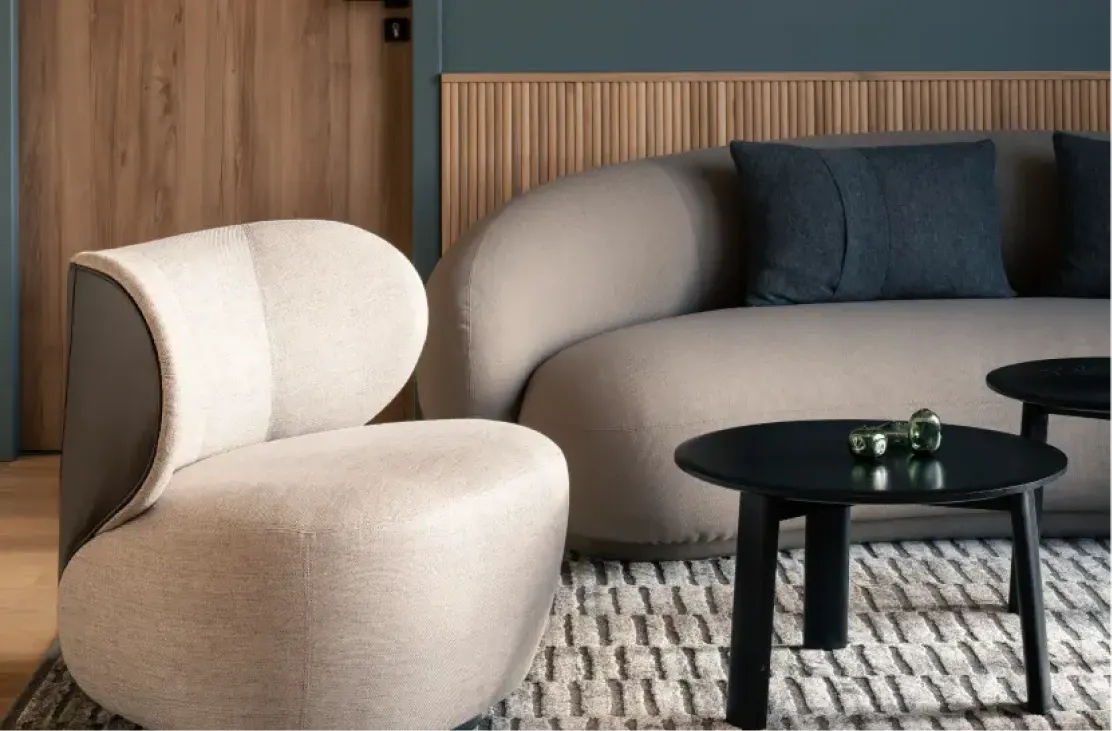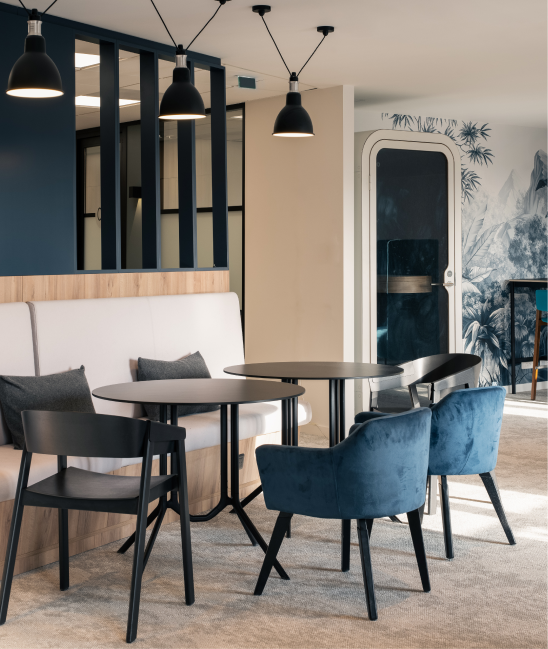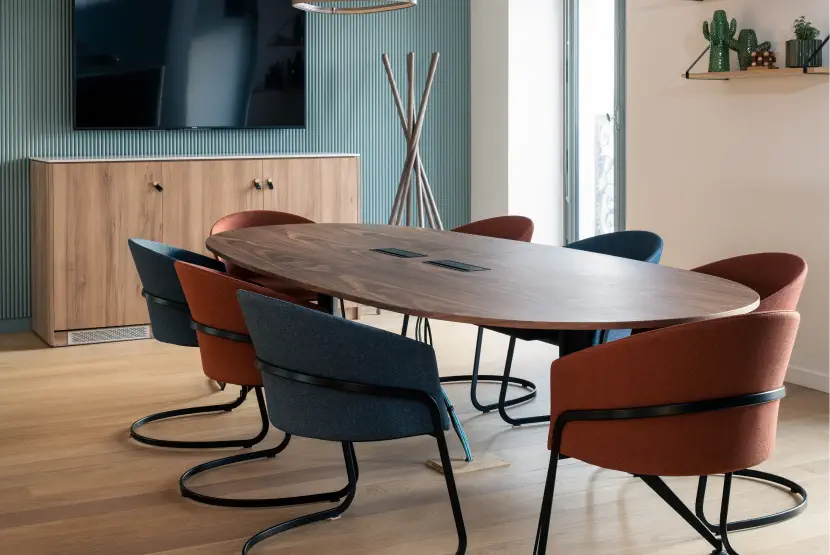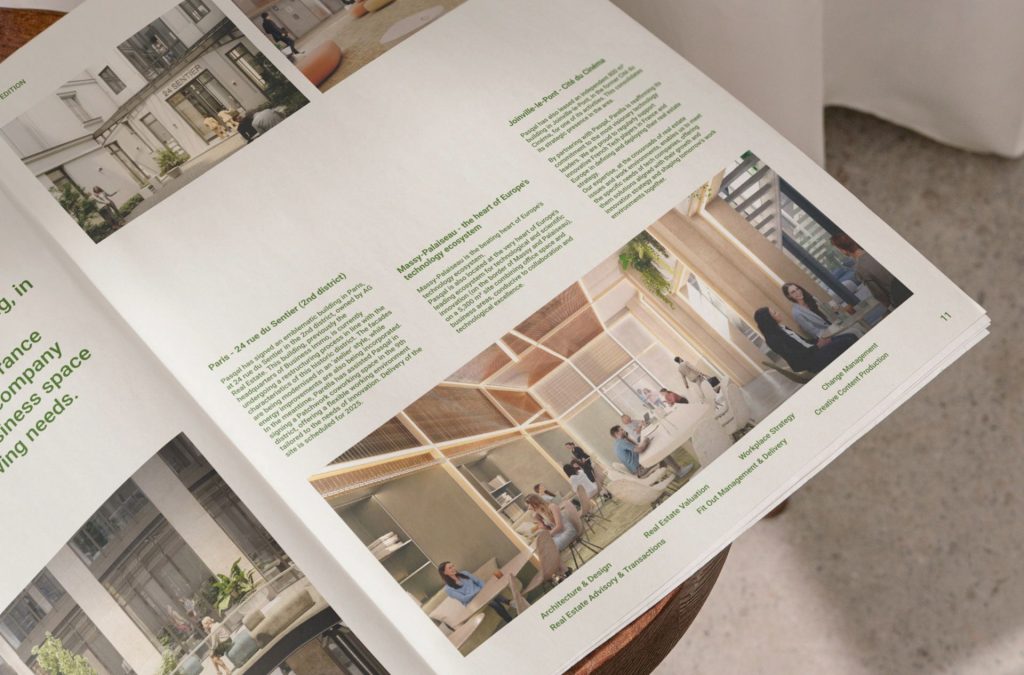make your rental commitments more flexible
Flexibility is a growing need for companies, in a changing economic and social context.
Do you know how much m² will be needed to support your growth in 3, 6 or 9 years' time?
As your business evolves, so will your needs. Flexibility in your lease commitments is essential to ensure that they don't prove restrictive over time.
Here are 5 tips to help you add flexibility to your leases.

Rent too big and sublet your surplus while you grow
To make your rental commitments more flexible, we recommend over-letting and subletting.
Some companies choose to take on larger surface areas than they need from the outset, and sublet the surplus.
There are several reasons for this:
- While subletting can represent a financial risk, this is limited in areas with low vacancy rates (Paris Centre, Paris QCA, etc.).
- This option enables you to absorb your growth over time by limiting the rental charge to the surface area you need.
- In in-demand and competitive rental sectors, taking on large surface areas can help your bid, and prevent the landlord from dividing up the building.
- If you opt for an entire building, which you can dispose of independently, you'll gain in ease of management. You'll also be able to create synergies that will boost your internal innovation by welcoming like-minded companies onto your premises, as in the case of corpoworking.

For every context, the right solution
We helped one of our customers, a major player in the tech sector, to lease a 7,000 m2 building in the CBD.
Their initial requirement was for 5,500 m2, so to position themselves in the face of strong competition for the premises that best met their needs, we negotiated a clause allowing them to sublet up to 40% to third-party companies without prior approval from the lessor, enabling them to adjust their space requirements.
Our customer chose to take the risk of subletting, a risk that paid off.
Add an additional exit option to the usual 3/6/9 maturities
Lease deadlines are not always adapted to your company's strategic stages.
To limit constraints and be able to move without delay, it is possible to negotiate one or more exit options in your lease, in addition to the usual deadlines (3, 6 and 9 years).
Depending on the geographical sector and the balance of power between lessors and lessees, a departure indemnity is usually requested. It is generally calculated in proportion to the support measures obtained at the start of the lease. It is therefore essential to negotiate them well.
You can also think in terms of flex ready, i.e. right from the start of your construction phase, design layouts to facilitate the implementation of a flex office organization, which can be deployed during the life of the lease without any additional work. In the current context, our customers are increasingly demanding this type of support.
Negotiate the possibility of surrendering or taking over additional m² during the lease term
During the term of your lease, it's a good idea to be able to increase or restore floor space in the event of a sharp change in your workforce and your requirements.
Including the possibility of reducing your m² between two terms can give you real flexibility.
In the event of unexpected growth, we recommend that you include a preferential right on floor space that becomes available in the building. This will give you priority over other applicants from outside the building.
For every context, the right solution
To support several of our customers (industry and investment funds) with medium-term external growth plans, we included a preferential right in the negotiations.
This gave them the possibility, during the lease term, of taking on additional floor space within their property complex, in the event of a third party vacating it.
For a shorter commitment, opt for derogatory leases or
subleases.
If the minimum firm term of a standard
lease (3 years) seems too long, there are other solutions that offer a shorter commitment.
Overriding leases or subleases are sometimes offered for 1 or 2 years. We recommend that you consider these options.
But beware: fitting out premises so that you can work in good conditions comes at a cost, and this must be taken into account in relation to the short commitment period.

For every context, the right solution
We recently assisted one of our customers in the consultancy sector with the transfer of one of their group's activities. To enable the entity concerned to take the time to build its new corporate strategy and anticipate its longer-term growth needs, the option of a 2-year sublease in plug-and-play premises was chosen after comparing the various possibilities.
To make your rental commitments even more flexible, opt for coworking.
If our previous tips don't give you enough flexibility, coworking is an option to consider.
By freeing yourself from design-build periods, you can speed up your move-in.
Once you're in the premises, flexibility works both ways:
- If your needs are shrinking, it's possible to free them up with short notice (usually 1 month). If you're expanding, it's easy to take on more workstations or space on the site.
- If, on the other hand, you're expanding, it's easy to take on more workstations or space on the site.
Of course, this flexibility comes at a cost, as coworking spaces are more expensive than traditional office leases over the long term.
For every context, the right solution
When the timing is tight, this option can be a real advantage. This was the case for one of our customers whose head office was spread over two buildings. As one of the sites had to be evicted by its owner, it became urgent to relocate the teams quickly.
As one of the sites had to be evicted by its owner, a deadline issue required rapid repositioning. We advised our client on a suitable co-working solution, while we supported the group in defining and implementing its new reunified headquarters project.
Key figures in brief
In the 1st quarter of 2022, coworking operators were back in the driving seat (5-digit numbers or more).
10%
of all volumes placed in the capital
14%
in the Paris Central Business District (CBD)
4%
of leased space in this sector
You may also like...







